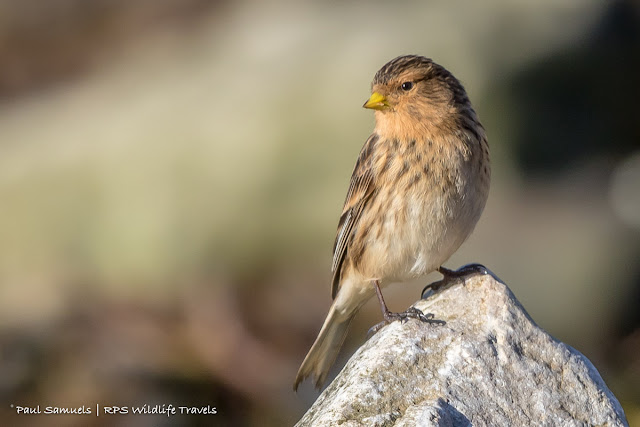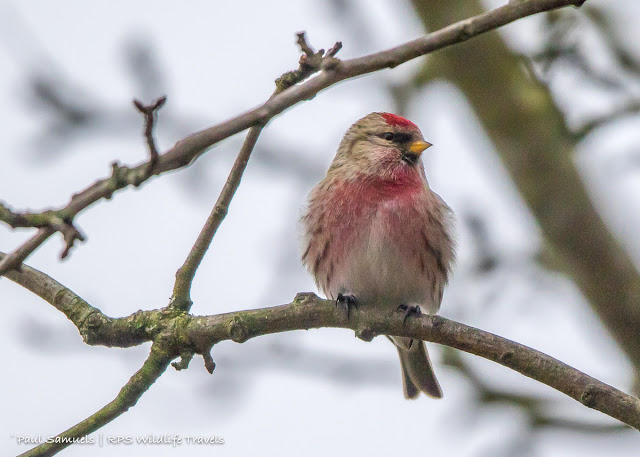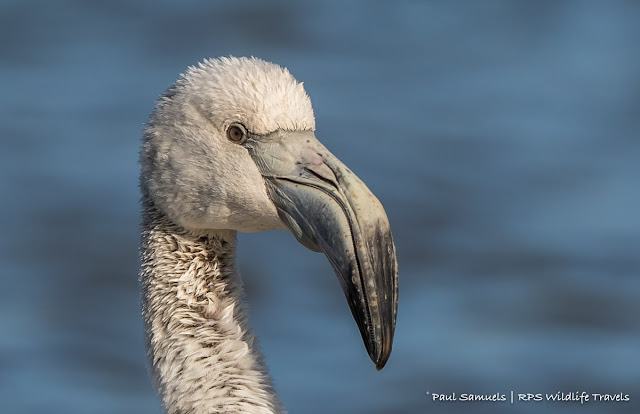The internet is awash with images of a Glaucous Gull which had turned up at Hollingworth Lake on the proceeding Thursday. Breeding in Iceland these gulls are seen annually in the UK in small numbers of only up two hundred so still not that common a bird.
It’s Saturday morning and I make the short drive to Hollingworth Lake where the gull has been benefiting from the free food people are throwing to the ducks and geese. Images I've seen are of the gull stood on the slipway amongst the ducks so I’m not expecting to work hard locating the gull.
It doesn’t get light until around 8.0 am so I can have a bit of lie-in and still arrive just after 8.30 am. The light is poor, it’s grey and cold but at least I can sit in the car and still easily pick up the second large gull of the region amongst the smaller Black Headed Gulls. Now 11.0 am the gull hasn’t appeared so with other activities on the agenda for today I call time.
Later that evening I read a report that the Glaucous Gull had put in an appearance at around 11.30 am, sometime it works like that so I intend trying again tomorrow morning. The next day as I drive into the carpark I can see the gull sat on the pontoon next to the slipway, a little too far away for an decent image in any case there’s a rope is obscuring the bird and it’s also sat next to a plastic pole mount. After some minuets the bird takes to the air flying off in the direction of the Wine Press Pub not to return for the remainder of my visit.
Third time luck ?…well not quite. Monday morning and another visit, it’s quiet a little different to yesterday with the hoards of people and the reorganised Santa Fun Run. Rain, sleet, grey is the order of the day and refrain putting money in the parking machine as I’m not expecting to stay very long, with no sign of the gull I decide to call time to return home and finish working down the list of DIY jobs my wife has very kindly compiled.
Around 11.30 am I read a post on the internet…”THE GULL IS ON THE SLIP…NOW ! “ it take’s me fifteen minuets and I’m back, the gull is sat on the slip….Third time lucky !
After an initial frantic five minuets thinking the gull’s going to depart...it doesn’t, content just to sit and wait for the next easy meal its been enjoying over the last couple of days. I take my time and over the next two hours getting some unusually close images, no need for the Big White on this occasion using the 100-400 for the entire session.
Job done.
Click image & view full screen


































































